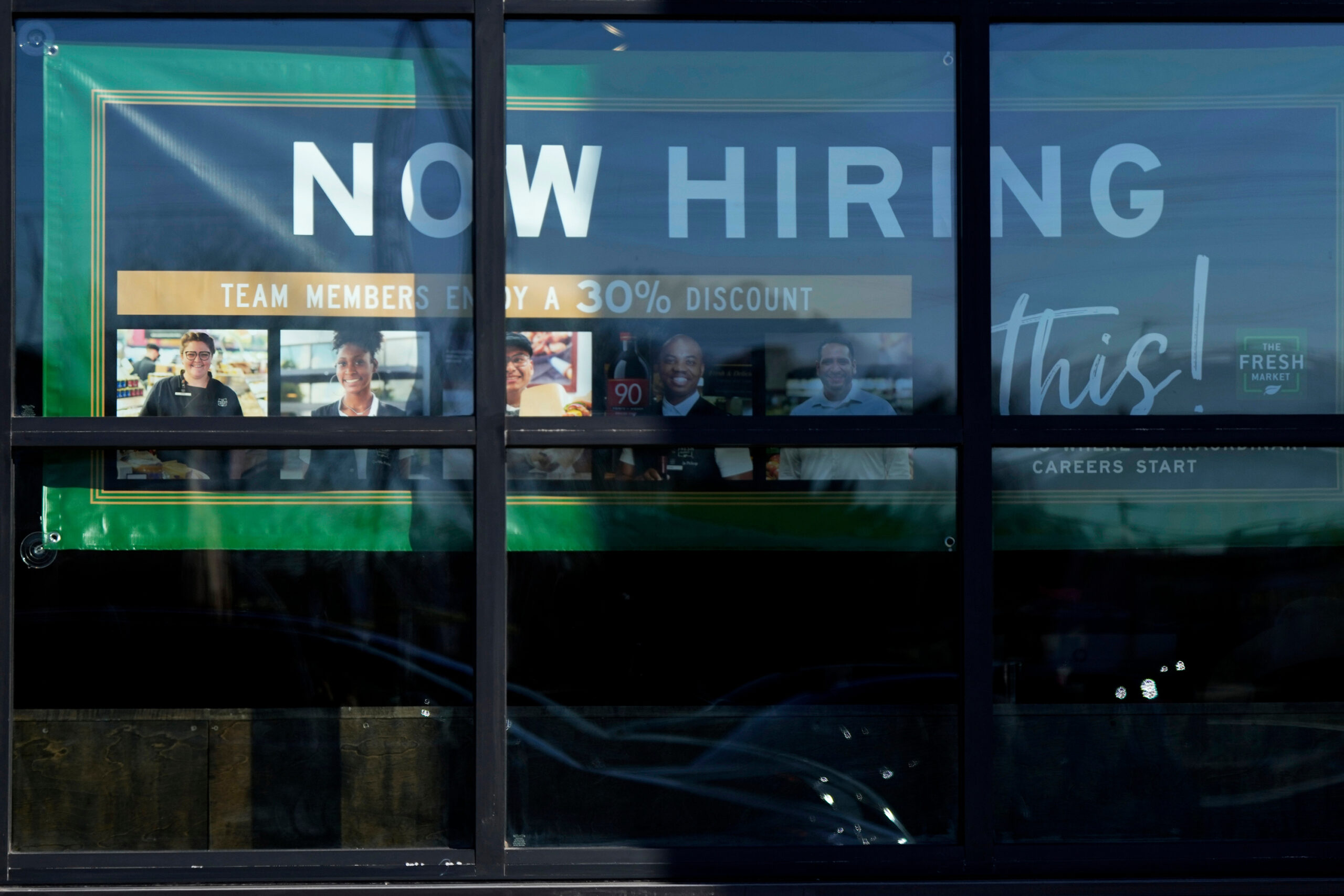As more and more people rethink the traditional career ladder and in-office nine-to-five jobs, many are also reconsidering the wisdom of relying on a sole source of income. Welcome to the gig economy, a bustling and growing arena that offers workers with sellable skills flexibility, control and variety.
The projected gross volume of the gig economy in the United States has been on a steady rise over the last six years, more than doubling from $204 billion in 2018 to $455.2 billion in 2023, according to Statista.
The pandemic, the so-called “Great Resignation” and a surge in the availability and accessibility of app gigs are three factors fueling the rise, according to Rafael Espinal, executive director of the New York-based Freelancers Union, a national nonprofit formed in 1995 to provide education, advocacy and tools to independent workers. Freelancers Union almost doubled its membership post-pandemic, from around 400,000 members after its first 25 years, to nearly 750,000 just four years later.
“The pandemic left millions of people unemployed and gave a lot of folks the opportunity to rethink how they want to create an income for themselves, and because of that, we have seen an increase in folks turning to freelance work” or rethinking how and where they wanted to work, Espinal explains.
With so many people opting to either supplement traditional jobs or go wholly independent, what does the future hold for the gig economy?
The gig is up
There were an estimated 4 million “independent professionals” in the top 30 markets in the U.S. last year, according to the 2024 Freelance Economic Impact Report, produced by Fiverr, the online marketplace service connecting businesses and freelancers.
“Independent professionals” are defined as individuals earning income outside of traditional employment, not employing others and providing creative, technical or professional services. They express significant satisfaction with their work, according to the annual Fiverr surveys. Several key factors drive people to the gig economy.
One is greater location and schedule flexibility. Freelancers aren’t tied down to any single workspace or client list. They get to choose who to work for, where and when—and what to charge. “Women, in particular, view flexibility as a significant advantage of freelancing,” the Fiverr report concluded.
A freelancer also has the power to take on more or less work at any given time and to raise fees, for example, to combat inflation or rising costs of living. Some 38% of respondents to the Fiverr survey said they raised their rates in 2023, 43% said they increased their revenues last year and 55% said they expect to earn more in 2024.
Another factor is diversification. It can be comforting to not be wholly dependent on one employer. In the previous year’s Fiverr report, 84% of respondents said multiple sources of income gave them a greater sense of security. Freelancers Union offers programming on topics like upskilling: “Independent workers should have multiple tools under their belts in order to diversify their portfolios,” Espinal says.
Shifts in the gig economy
One trend Espinal sees happening in today’s gig economy is a move to the increasingly popular fields of content creation and marketing to fill spaces like copywriting, newsletters and social media. Locations are also shifting toward increasingly more rural and suburban areas, as well as diversifying away from the most expensive hubs like New York, Los Angeles and San Francisco.
The great majority of independent workers surveyed by Fiverr said they expect to freelance more hours in the year ahead, and this was especially true of younger freelancers: 56% of Gen Z and 54% of millennials said they expect to spend more time freelancing in 2024.
Freelancers grapple with some of the same trends and concerns impacting other workers, such as the supplementing and even potential replacement of human work by AI. But independent workers also face unique challenges.
“The independent workforce is a very fractured workforce,” Espinal says. “And because everyone’s working on their own, it really opens them up to opportunities of exploitation and harassment by the clients they work with.” Freelancers Union tailors its resources to this reality, offering community spaces, step-by-step guides (including a new contract creator) and educational opportunities.
Late payments or nonpayments, often due to a lack of a contract, are a major challenge freelancers face. “My No. 1 piece of advice for all freelancers is to understand how to read and write a contract,” Espinal says, noting that a reported 75% of freelancers work regularly without contracts, leaving them unprotected. “If you want to ensure you get paid or double your chances of getting paid after completing a job for a client, then you have to have a strong contract in place.”
Freelancers face the future
One of Freelancers Union’s key pieces of work right now is the Freelance Isn’t Free Act, currently enacted in New York City and a handful of other cities to legally require contracts between freelancers and clients.
Freelancers’ need for benefits, like access to affordable health care, paid leave and retirement, is another ongoing concern. “As an organization,” Espinal says, “we believe there has to be a larger federal conversation of how do we create a health care system that is truly affordable or free, like the idea of a Medicare for All policy?”
“We should have an honest conversation of what this actually means for the country, and it’s ensuring that all workers—whether you’re a nine-to-five worker, an independent micro business or a freelance worker—have access to the basic care and the basic necessities they need to live in our country with dignity.”
“There are a lot of full-time workers who should be classified as full-time employees and receive all the benefits that a full supplier receives, but they’re being classified as independent contractors so that companies can skirt around paying the taxes and benefits that they need to the government,” Espinal explains.
This is the core issue behind the ongoing battle in California over a Silicon Valley-backed proposition to classify workers for companies like Uber, Lyft, DoorDash and Instacart as “independent contractors” rather than employees legally entitled to benefits.
Pitfalls of the gig economy
As the California Gig Workers’ Union outlines on their website, “By misclassifying us workers as independent contractors these companies exempt themselves from providing worker protections. They also offload significant costs—such as car payments, gasoline, maintenance, insurance and more—onto us,” despite setting working conditions, like fees, for the workers. A proposition allowing app-based transportation and delivery companies to continue classifying their drivers as independent contractors was passed by California voters in November 2020. Proposition 22 was subsequently found unconstitutional in August 2021, and by June 2023, the matter had worked its way to the California Supreme Court. In July 2024, the court upheld the exemption, allowing gig workers to be identified as independent contractors, rather than employees.
As Espinal puts it, “I think it’s fair to say that all levels of our government have been extremely focused either on the Wall Street economy or the Main Street brick-and-mortar economy, and there has been little emphasis made toward supporting the micro businesses, the solopreneur, the independent worker.”
Considering the rising number of gig workers and their contribution to the wider economy, this is a collective that should no longer be ignored.
This article originally appeared in the September issue of SUCCESS+ magazine. Photo by Wasan Tita/Shutterstock.com





